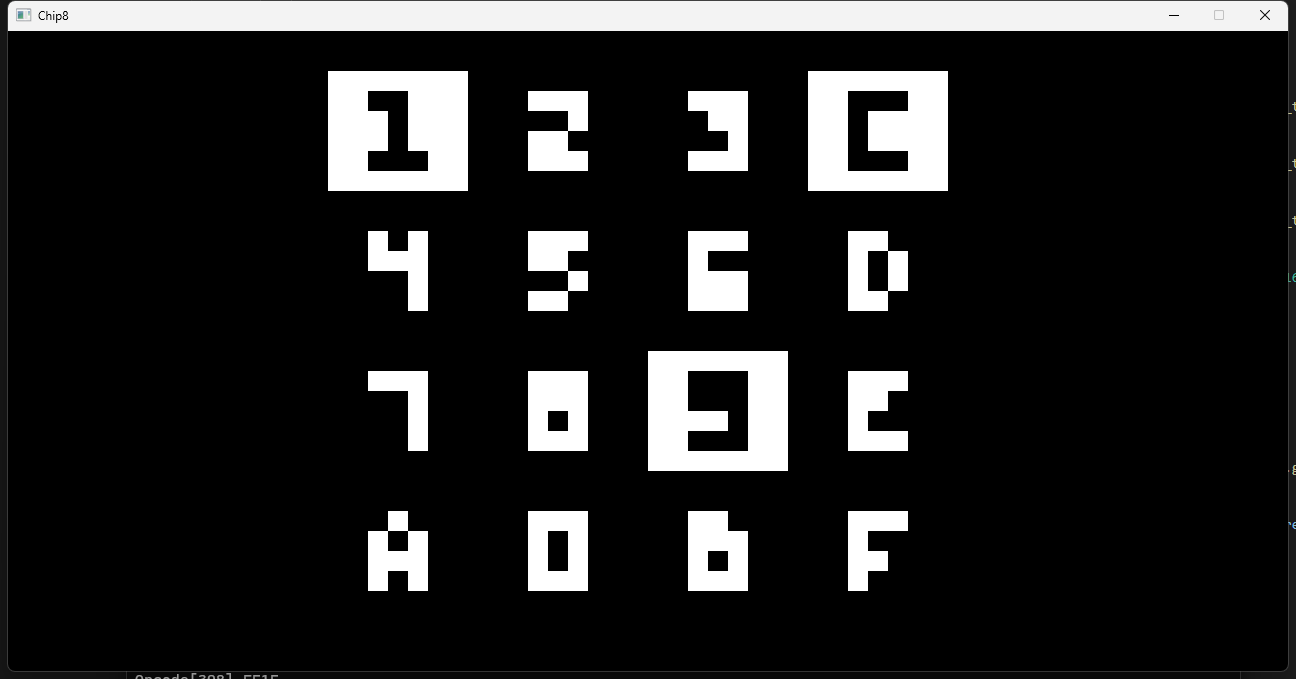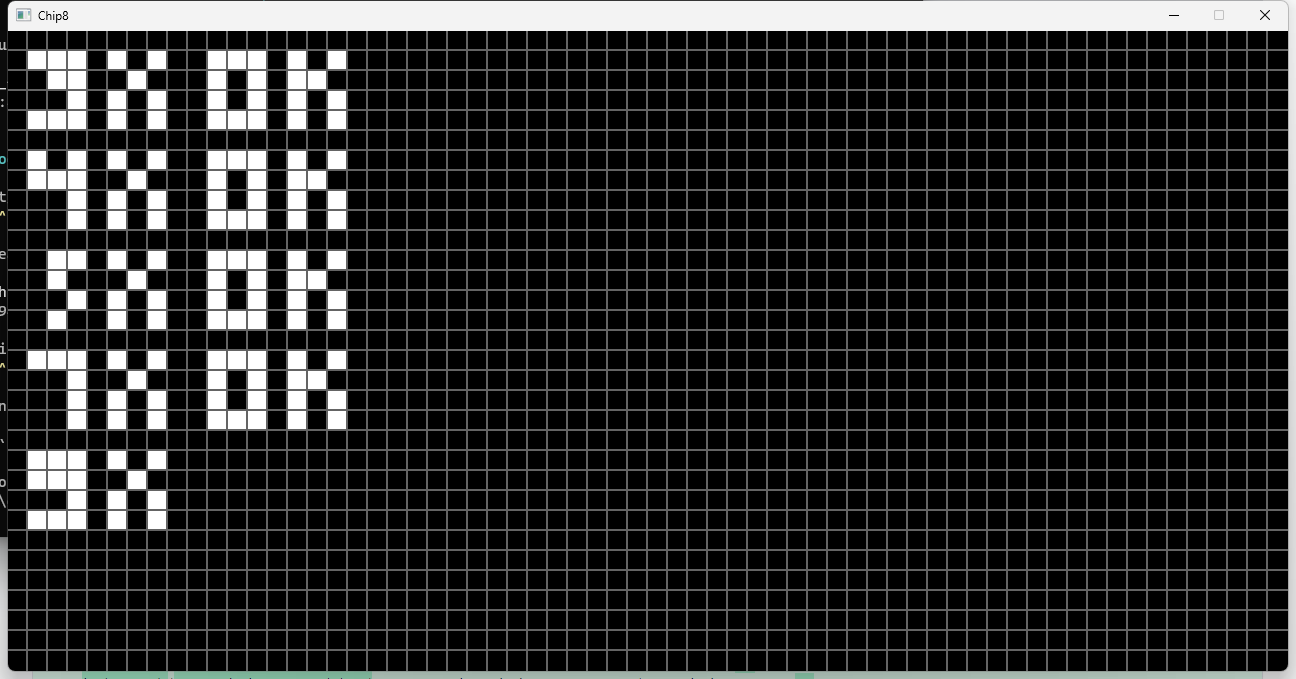Yes, another post describing the few minutes put iterating on this project in a span of many days, and it has finally concluded!
I discovered a test suite with a few ROMs that assisted me in completing the development and addressing a few issues. I only encountered a challenge when working with the input, as it was not functioning properly. It turns out I was incrementing the program counter in different places, thereby causing unexpected behavior.
Once again, I find myself reiterating that it has been quite an experience. I relish the opportunity to work on projects outside my comfort zone, and I believe this project is markedly distinct from my day-to-day work, providing a valuable learning experience.
While it may not be the best code I have ever written in my life, I am satisfied with the result. Onward to the next one!

